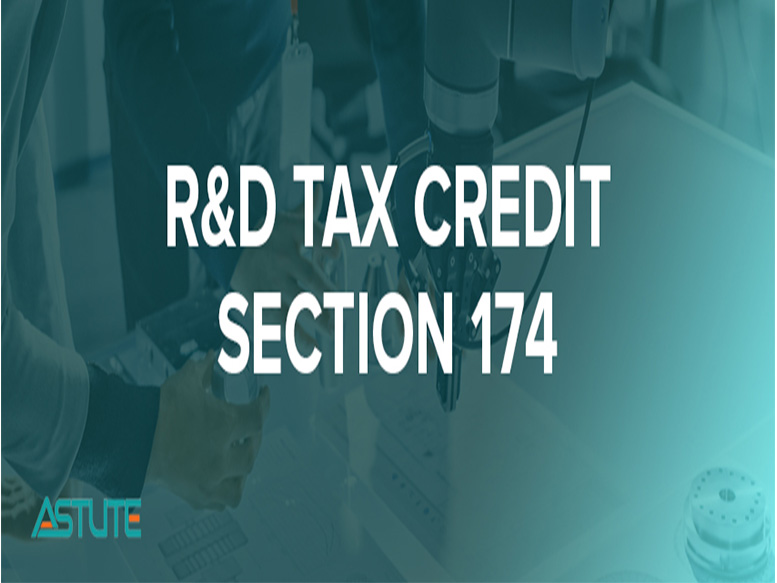“I believe in innovation and that the way you get innovation is to fund research and learn the basic facts.” – Bill Gates
It has always been an innate belief of policymakers that investment in research and development helps develop new products and technologies, stimulates our economy, promotes job growth, and helps us compete on a global front.
Thus, the R&D Tax Credit outlined in Sec. 41 of the Internal Revenue Code incentivized expenditures on qualified research activities. This spending had a very large and positive influence on the shaping of technological development, research, and innovation in the U.S.
The 2017 amendment in the tax code section 174, though, requires companies to amortize their R&D costs over a period of five years, beginning in 2022, for research performed in the U.S., and over 15 years for research performed outside the U.S. This sent shockwaves through businesses that stood firm in the longstanding belief that ‘R&D is the basis of future growth.’
The reduction in the outflow of cash into taxes due to the R&D Tax Credit, that businesses had become accustomed to, has now been replaced by a benefit spread thin over the course of 5-15 years. In the expert opinion of industry stalwarts, this could prove to be a major dampener of the enthusiasm that was once ignited to encourage innovation and spending on R&D activities.
In light of the ramifications of the 2017 amendment and with future of advancements in Science, Technology, Engineering, and Medical research in mind, there is an effort to revive the former R&D tax credit rules. In this push, lawmakers are fighting to remove the amortization requirements so that qualified efforts are honored within the same financial year.
The Senate has reintroduced a bill that would attempt to roll back the 2017 provision in an attempt to restore same-year R&D tax credit benefits. The bill also looks to expand the eligibility for this refundable research tax credit by gradually raising the credit cap for small businesses and startups.
However, it is not clear if and when this Section 174 capitalization provision will be deferred by Congress in 2023. This presents a challenge as taxpayers begin to determine its impact on 2022 taxes and financial statements.
Considering some of these scenarios, how does a taxpayer best approach this uncertainty to avoid significant disruption?
It is recommended that taxpayers reassess their tax planning strategies when it comes to the taxability of R&D tax credits and section 174 applicability.
To put your mind at ease and ensure the benefits to your business are maximized, seek advice from a trustworthy expert who has a thorough understanding of the current laws around tax credits, including the R&D tax credit. At Astute, we are passionate about helping businesses thrive. We have uncovered opportunities for many businesses to bring an impactful amount of money back into their business and we would love to do the same for you.
Finally, all we can say with certainty now is “Trust the wait, embrace the uncertainty… when nothing is certain, anything is possible!” – Mandy Hale
Disclaimer:
The information contained herein is of a general nature and is not intended to address the circumstances of any individual or entity. Although we endeavor to provide accurate and timely information, there can be no guarantee that such information is accurate as of the date it is received or that it will continue to be accurate in the future. No one should act on such information without appropriate professional advice and after a thorough examination of the situation.
For case specific situation appropriate studied opinion/ advice: please contact Astute.

